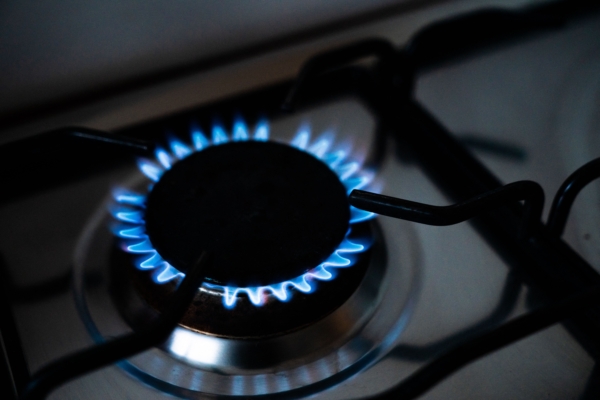A new study in the United States has shown that gas stoves at home may release carcinogenic toxic chemicals, including benzene. Children are almost twice as likely to develop cancer from these chemicals compared to adults.
Led by researchers from Stanford University, the study team will publish a report in the upcoming July issue of the Journal of Hazardous Materials, stating that natural gas or propane in gas stoves can release benzene during the combustion process, a known carcinogen.
According to the report, “To our knowledge, our study is the first to assess the carcinogenic health risks of benzene produced during gas stove gas combustion and leukemia cases associated with gas stove use.”
In this study, researchers measured benzene emissions from gas stoves in 87 households in 14 counties in Colorado and California. They analyzed the movement of gases in a few homes and simulated the spread of benzene using computer models.
The researchers said that 6.3 million Americans are exposed to environments with the highest 5% of benzene emissions from gas stoves.
Research data indicates that households with the highest benzene emissions and poor ventilation from gas stove use have a “significantly increased” risk of benzene-induced cancer – especially for children, whose lifetime cancer risk is 1.85 times higher than that of adults.
Researchers pointed out that children have smaller bodies, usually breathe faster, and inhale more air, thus being exposed to more pollutants.
Ventilation plays a crucial role in reducing benzene levels. Researchers recommend opening windows and using high-quality outdoor ventilation hoods or switching to electric stoves when using gas stoves.
As expected, residents of apartments and small houses are at greater risk of cancer, as benzene tends to spread to spaces like bedrooms, further increasing the danger as people spend most of their time indoors.
According to the World Health Organization (WHO) standards, the acceptable cancer exposure risk is considered to be one in a million: meaning if one million people are exposed to such an environment, it is expected that one person may develop cancer as a result.
This study indicates that for the most severe cases of benzene emissions from gas stoves leading to exposure in bedrooms, the lifetime cancer risk for children ranges from 1.92 to 12.03 in a million, and for adults, it ranges from 0.94 to 5.89 in a million, far exceeding the WHO’s recommended levels.
It is worth noting that these are the worst-case scenarios – highest benzene emissions and lowest ventilation levels – but they highlight potential dangers, especially for children.
Researchers mentioned that these values may vary due to factors such as house size, weather conditions, use of extractor hoods, housing ventilation, frequency and duration of oven and gas stove use, as well as individual metabolism and other physiological characteristics.
In the United States, people spend an average of 90% of their time indoors, and with more people working from home, this figure is steadily increasing. Therefore, further research on indoor air pollution is necessary.
The researchers emphasized the importance of addressing indoor air pollution issues related to combustion for protecting public health, especially for households with limited ventilation.

